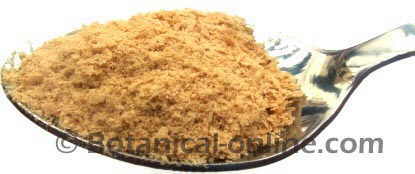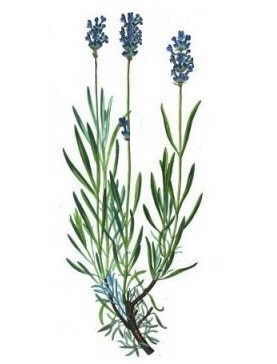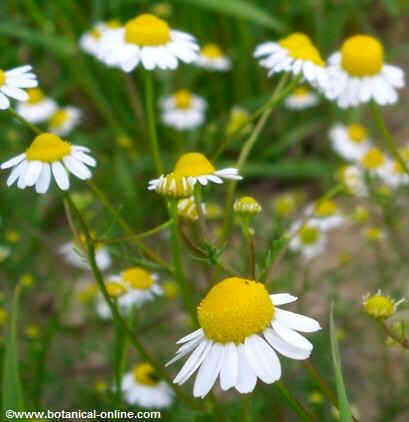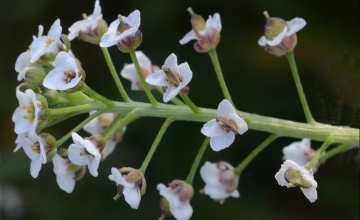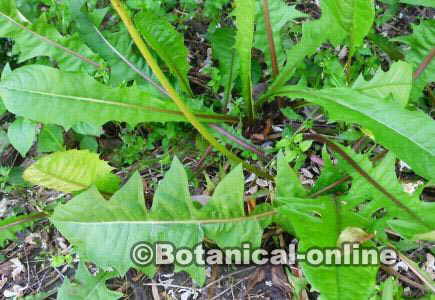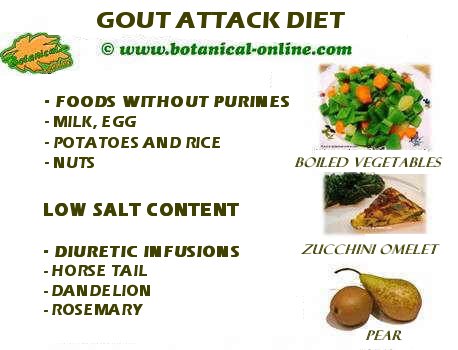Contents
Chrysanthemum. Pests and diseases
Main pests of Chrysanthemum
The main pests that affect them are:
- Mealybugs: They are insects that stick to plants, especially to the young shoots. They live off them because they have a few organs that are responsible for sucking the sap extracted from plants. Among the most important ones, we have those that excrete a kind of fluffy white substance resembling cotton.
They especially attack indoor plants, because the environmental conditions there (dry environment) favor its development. Among the affected plants, we have ficus, yuccas, oleander, or chrysanthemums.
To remove them we have to take all of them out with the help of piece of cloth soaked in alcohol. Afterwards, we will apply a systemic insecticide and separate the fouled plants from the rest of plants to prevent them to become contamination.
- Trips: These are sucking insects that produce lesions on the leaves by sucking the sap with their beaks. The treatment is based on the elimination of infected stems and the use of an appropriate insecticide.
- Ticks: They are mites that attack the plants when the atmosphere is warm and dry. Among the main ones we can point out the spider mites, some red insects, that, when accumulated, provide a reddish or brown layer to the underside of the leaves and a spider’slike web between the ribs on the underside.
If this attack progresses, they finally will make leaves to fall. All plants can be virtually affected, including either garden plants such as roses, hydrangeas, chrysanthemums and lilacs, or fruit trees.
The best way to control them is to apply mineral oil in winter, although it is also suitable to use a liquid insecticide in spring and summer combined with a thorough watering and spraying of the leaves with water to increase humidity. If we want to remove them with biological means, we can use other insects such as ladybugs that feed on them.
- American serpentine leaf miner = chrysanthemum leaf miner (Liriomyza trifolii) mainly affects the leaves where which the larva excavates galleries that end up drying them. You must use a suitable insecticide to kill them.
- Bud and leaf nematode of Chrysanthemum (Aphelencoides ritzemabosi) It is a worm that attacks chrysanthemums and other plants of the same family (Compositae). Unlike other nematodes, it does not attack the roots but the leaves, buds and twigs. The larvae feed on plant tissue creating galleries in the leaves while they excrete products that are toxic to the plant tissues.
In principle, the only damage is manifested by small yellow spots between the veins of the lower leaves. Over time, the leaves are completely brown and fall back as the infection is also affecting the upper leaves. Other times, the leaves grow from infected buds appear smaller and twisted. They can also present brown lesions on the petioles. Sometimes, some young stems turn brown and stop growing.
The treatment involves the removal of all infected material and the application of appropriate insecticides. As prevention methods, we recommend to disinfect the tools; do not use sprinkler watering as the worms need to move through humidity; space the plants to promote aeration, or cover the soil with a thick padding to stop its progress.
Main diseases of Chrysanthemum
The main diseases affecting chrysanthemums are:
- Powdery mildew (Oidium spp): These are fungi that produce white spots on leaves or buds. This requires the affected leaves to be quickly eliminated and a specific antifungal treatment to be applied. Overwatering favors its development, so it is recommended not to water while the soil moisture remains adequate. It is also advised not to wet the leaves.
- Botrytis = gray mold (Botrytis cinerea): This caused by the fungus Botrytis cinerea. It produces flowers with brown papyraceous spots that sometimes can affect the leaves. Is mainly due to a lack of ventilation and excess of moisture as a result of having the plants too close together and spraying the leaves and flowers with water. Treatment should be based on removing the material in question and applying a general fungicide. Avoid to spray the flowers when watering.
- Common rust (Puccinia chrysanthemi): This is another disease caused by fungus (Puccinia spp.) It causes reddish or brownish spots on leaves. This occurs when the temperature is very high. Treatment includes removing the affected leaves.
- Other diseases that may affect chrysanthemums are the alternaria leaf spot (Alternaria sp.) Chrysanthemum aspermy cucumovirus (CAV), chrysanthemum mosaic virus Q (ChMV) or Chrysanthemum B carlavirus (CVB)
Other fairly common problems with chrysanthemums are:
- Lack of flowering, probably due to a lack of watering or light. Cut the plant to separate and place it to the light, not to the direct sun. The plant will spring up and produce new flowers.
Sometimes there are not flowers because it is not the right time for chrysanthemums to blooms. (Just wait for the arrival of fall)
- Dry leaves: Because of lack of watering or too cold weather. Water them properly or provide a warmer place.
- Smaller leaves than normal: Because of too much or too little irrigation, lack of nitrogen, worms or viruses.
- Gangly and awkward plants: This is due to an abnormal growth when chrysanths are cultivated in a too dark place. (Search for a clear spot). Other times they may show a lack of pinching (Pinch the tips of the stems as it was explained above)
![]() More information on chrysanthemum
More information on chrysanthemum

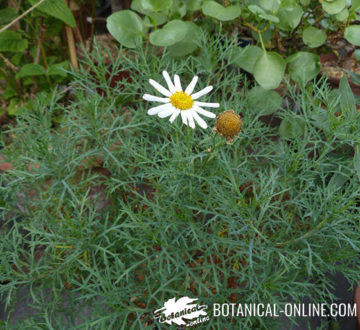 They especially attack indoor plants, because the environmental conditions there (dry environment) favor its development. Among the affected plants, we have
They especially attack indoor plants, because the environmental conditions there (dry environment) favor its development. Among the affected plants, we have 